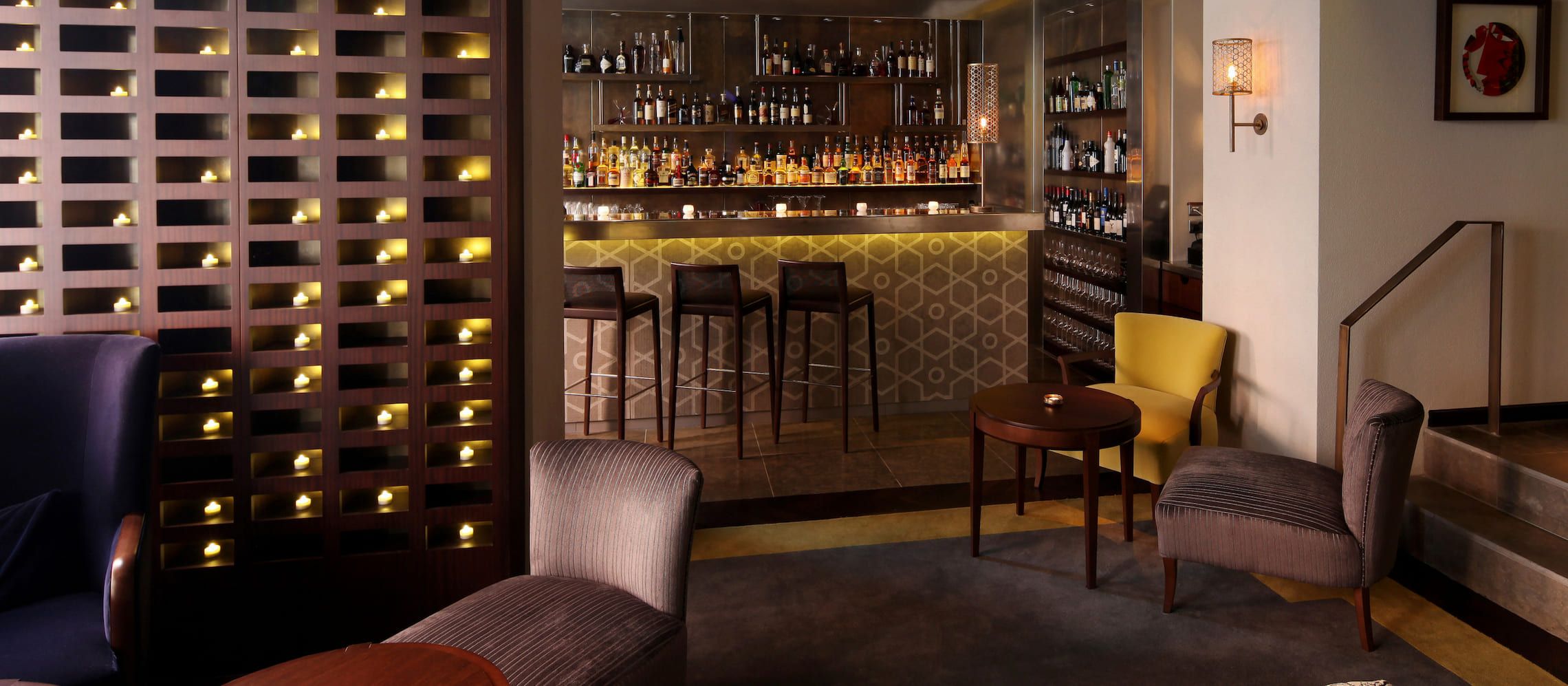Registration Deadline
28 February 2025
Judging
Date
24 & 25 March 2025
Winners Announcement
22 April 2025
28 February 2025
24 & 25 March 2025
22 April 2025


Peter McCombie knows a lot about writing wine lists, and a lot about what customers want. What many people want, he says, is a nice bottle that isn’t necessarily the best match for the food they’re going to eat. “They think ‘oh yes, I know that’, or ‘I like that’,” he says. “‘That's what I want’. And I don't have any problem with that at all. And you know, an old cliché is if the wine is good and the food is good, then the match is good.”
McCombie has worked with a host of restaurants in the UK, from Jamie Oliver’s Fifteen to The Dorchester. The New Zealand-born master of wine is frequently called upon to write wine lists, such as the one he produced for Quilon, a Michelin-starred Indian restaurant in central London. Indian food, in all its rich diversity, is one of the biggest challenges for a sommelier, but McCombie was undaunted.
“People go ‘oh, you know, Indians don't have a culture drinking wine, and the food's too spicy’,” he says. “And you go ‘Really? Okay. Try this.’”
The key, he says, is to find wines that work with chilli heat, which accentuates flavour - acid tastes sharper, tannins taste more astringent, alcohol tastes hotter. “So you need to find wines that work better,” he says. “Fruity reds work better. Softer ripe tannins work better. The thing about food and wine matching is, I believe it's not entirely science. You sort of work with some principles that are more or less true, but then you also have to just try things.”
And then there’s Italian white wine. “Quite often Italian white wines have plenty of acidity, which would seem to slightly contrast with what I was saying, with the chilli heat,” he says. “But they seem to work well because the Italians don't really like aromatic white wines, they tend to be a little more restrained, they tend to be a bit leaner. They work with Indian food really well.”
One of McCombie’s guiding principles, when he wrote the Quilon list, was to find wines that would work generally with Quilon’s southern-Indian, fish-focused menu. “The owner Sriram Aylur said to me, ‘I don't want specific wine matches. I don't want you to try and do this dish with this wine.’” he says. “And so we didn't. I looked for wines I thought would generally be useful on the wine list. And also, there are wines there that maybe I wouldn't choose to drink if I was at Quilon. But people sometimes want familiar styles.”
That can mean including wines you wouldn’t choose to drink with Indian food, he adds: “I did the Cinnamon Club when they first opened, and given the location of the Cinnamon Club in Westminster, there was a lot of expense account entertaining. There were politicians and journalists, and so on. We had some claret on the list. Now, claret personally is the last thing I want to drink with Indian food, but we know that people want to drink that. And so I kind of think it's perverse to say ‘you can't have that’.
“And when we'd do staff training, we'd say if someone asks for a recommendation, maybe this is not what you recommend, but if someone comes in and looks at the wine list and orders some food and orders some wine, and they order claret, we're not going to say, ‘Oh, you can't do that, that's wrong.’”
The wine list at Quilon is arranged by fairly broad stylistic categories. It’s an approach that McCombie is committed to. “I think consumers want some guidance on style,” he says. “And particularly if you're trying to get people to drink things that are maybe a little less familiar, you need to give them some style cues. [Master of Wine] Gerard Basset, when he did his wine MBA, actually did a survey of restaurant customers and found [that] people really like the idea of cues on style.”
Some bottles appear twice, in different sections. “That’s because I find that you can kind of stick with what you know, and so the idea is just to maybe throw it up in a different place. Just to help people discover, really,” he says.
McCombie’s own choice with the menu is not a surprise, given what he’s said. “I would quite possibly drink white wine,” he says. “I'd quite possibly drink something Italian. The other thing about Italian wine, [is that] often they're a bit textural. They can be quite often a little bit phenolic, without being coarse, and that can be quite useful in food matching terms.
“A good quality Pinot Grigio from a good area, from a serious grower, actually could be a really good wine to drink. Because it will have a tiny bit of texture, it will have a personality without being a screaming, shouting, flashing fruit bomb.”

This article is written by Will Hawkes, contributing editor for Sommeliers Choice Awards. Will is also a regular contributor to The Financial Times, The Guardian, The Washington Post and Beer Advocate.
Call for domestic and international submission is now open for London Wine Competition. Enter your wines and give your brand a global boost. Register now